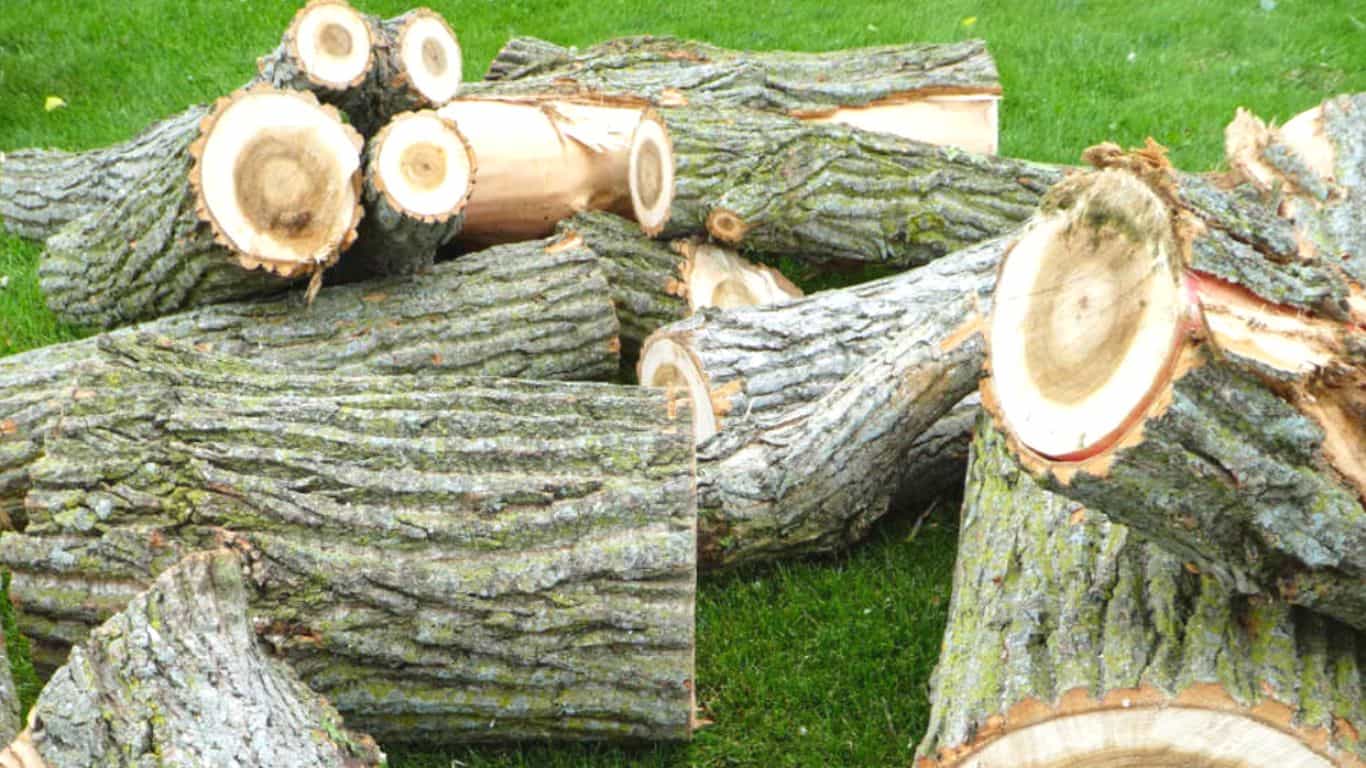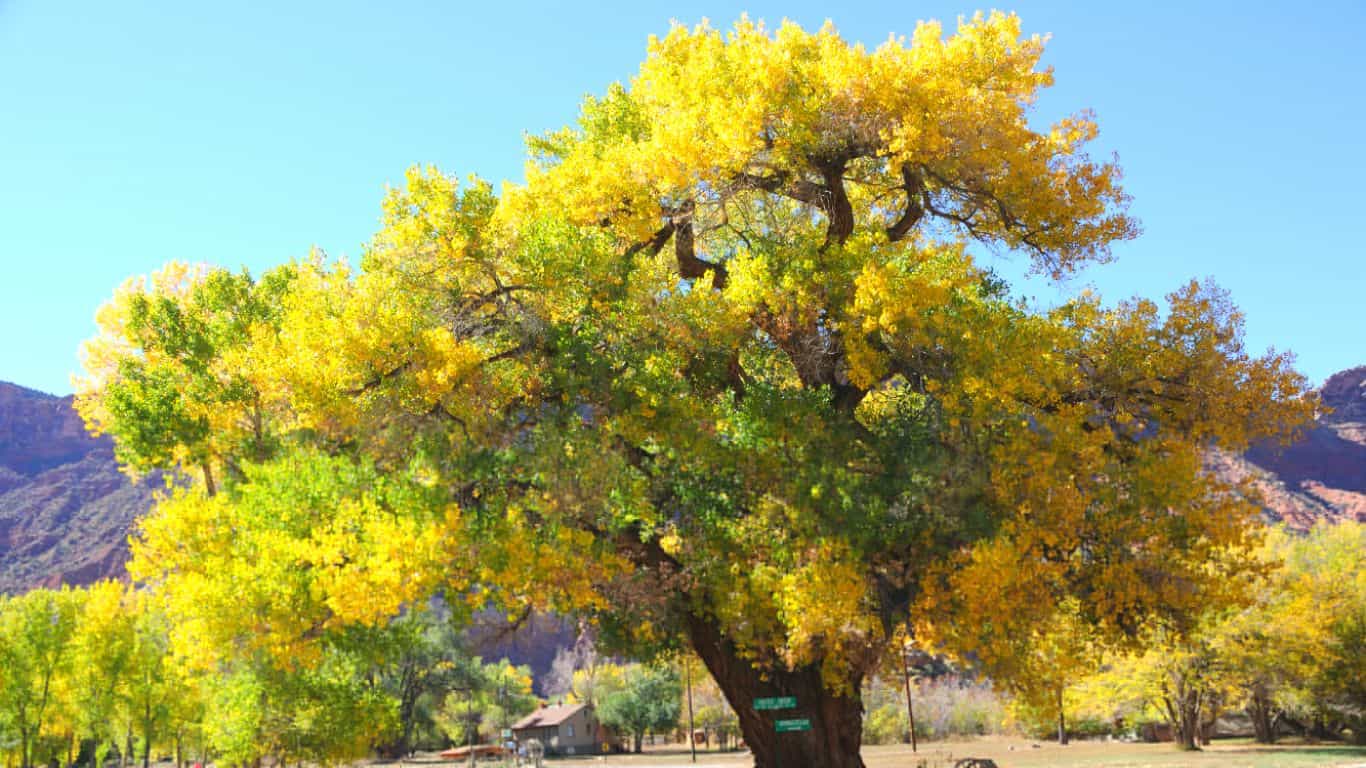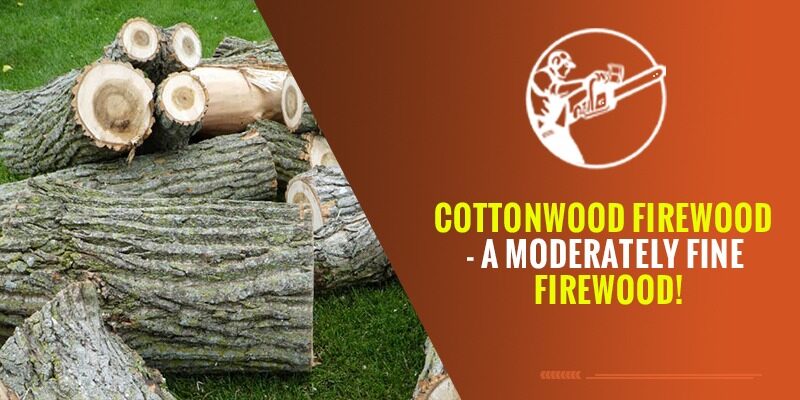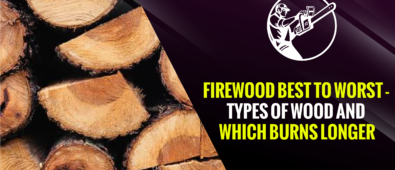Cottonwood – A moderately fine firewood to warm up your homes in winter!
Cottonwood isn’t very high-rated firewood because of its not-so-high heat output (15.8 million BTUs), which is the reason many people wouldn’t choose cottonwood Apple, Oak, and Hickory firewood. However, because choices and opinions differ from person to person, many people do think that cottonwood is worth burning as firewood.
Even though it doesn’t burn as intensely as other firewood, it still does a great job of cozying up your indoors. It burns very clean, which is a plus point when you’re burning firewood indoors. Also, it’s hardwood which means it’s easy to split and burn, though it does require proper seasoning to burn well.
Our article further contains a complete guide for anyone and everyone who’s looking for answers if Cottonwood is an excellent firewood to burn!
Is Cottonwood Firewood Good for Burning?
Yes, it is. Clearly, it is not as good as Oak or Hickory, because it has a low heat output and efficiency rate. However, it is a pretty suitable firewood to burn indoors. When seasoned properly, it burns really well with the least spark production.
Splitting of Cottonwood
When it comes to splitting Cottonwood, it’s not really an easy thing to do. Because of the fact that cottonwood is super wet, sappy, and heavy when it’s fresh, it does require a good amount of effort to first move it and then split.

I had the cottonwood firewood to burn at my home last winter. And while it was green and fresh before I split and seasoned it, it was so wet that the axe almost felt like getting into the wood itself instead of splitting it apart.
So, for splitting cottonwood, I’d recommend letting it dry a bit so that it’s easier to deal with. Do not try splitting it when wet and fresh because it might be a difficult task to do, and you might as well not get the desired results.
How Long Should You Season Cottonwood?
Mostly it’s six months to one year for most of the hardwoods. But because cottonwood is much wet and sappy, it does require a lot of time to season. I would recommend at least 1.5 years and it would be even better if you could let it season for 2 years. Yes, it is a long seasoning time though!
As I mentioned earlier, I had a chance to burn cottonwood as firewood last winter and I let it season for straight two years which means I cut and split it in 2020 and then it was ready to be burnt in 2022. Maybe this is the reason that I had a good burning experience with it. Long seasoning leads to no stinky burning, good heat production, and clean burning.
Highlights of Burning Cottonwood Firewood
Even though cottonwood is an average burning firewood, it still is an efficient choice out of so many other options available to you, provided that it is seasoned properly. Let’s see some highlights of burning cottonwood.
- Firstly, and most importantly, the heat output; cottonwood emits 15.8 BTUs of heat per cord which obviously isn’t too good for firewood but still better than many. It does a fine job alone but for the best experience, we recommend using cottonwood alongside slower-burning hardwoods like oak during the coldest winter nights.
- For smoke production, Cottonwood does produce smoke when burning. Although it’s not too much smoke still, if you’re smoke-sensitive, you might not like it burning inside your home.
- Cottonwood does produce sparks while burning. There isn’t too much popping and sparking, but you’d still need to keep an eye on it so that you don’t get into a hazard or something.
- When it comes to the aroma of this firewood, it’s way too bad, especially if not seasoned properly. It smells like cat urine but, only if it isn’t given much time to season. When seasoned for 1.5 or 2 years, it won’t give a bad smell.
- Cottonwood comes with great coaling properties which means it burns for quite a long and gives a good amount of heat. So, we can say that cottonwood is good with coals. Furthermore, Using a little kindling, you can re-start the coals the following morning.
- Its creosote build-up also isn’t too much. But again, it must be seasoned properly for that. Properly seasoned cottonwood won’t produce much creosote. It will have little sap and resin to accumulate creosote residue.

Two Common Cottonwood Species Found in the USA
There aren’t many types of cottonwood. Just two of them are there which are easily available anywhere in the USA.
- The Eastern Cottonwood – It is a large hardwood tree native to North America. Their leaves have a triangular shape and coarsely teethed edges. Eastern U.S. and southern Canadian states have this tree commonly found.
- Fremont’s Cottonwood – Southwest United States and western Mexico are native regions of Fremont’s Cottonwood. The only difference between it and Eastern Cottonwood is that its leaves have more serrations.
An analysis of Cottonwood’s Heat Output and Efficiency
As I’ve mentioned earlier, there is not much BTU in cottonwood firewood. Approximately 15.8 million to 16.8 million BTUs are produced by each cord of Cottonwood.
The following heat sources are approximate equivalents to a cord of Cottonwood:
- Natural gas is equivalent to 15,700 cubic feet.
- Propane in the amount of 178 gallons.
- Heating oil in the amount of 118 gallons.
- Electricity consumption of 4,777-kilowatt hours.
What Does a Cottonwood Tree Look Like?
North America, Europe, and portions of Asia host some of the largest cottonwood trees in the world. Cottonwood trees are typically found in sunny places with plenty of moisture.
In most cases, cottonwood trees can be recognized by their seeds alone, but if this is not the season, their broad, ash-colored trunks can also be used to identify them.
Long, deep ridges are visible on the bark, which is very thin and rough. Their leaves, in general, are 3-4 inches long and triangular in shape, with distinctive curved teeth along their outside edge. A vibrant yellow color is displayed on them in the fall, while they turn green in the summer.

You might want to read about:
Seasoning Cottonwood: Tips and Tricks
Firewood can be seasoned faster if you follow these tips. To speed up the seasoning of cottonwood wood, here are some of our tips that definitely work.
- To protect firewood from the elements, use a cover such as a tarp while allowing one side to remain exposed.
- The cottonwood should be stacked on planks or blocks for airflow underneath.
- Make the surface of a log more exposed to the wind and sunlight by splitting it into smaller pieces.
- Place the stack in an area with a lot of wind. Avoid areas that are shady.
- Make sure the rows are spaced out well by creating stacks with 3 to 5 inches gaps between them.
How Much Does Cotton Firewood Cost?
There are 128 cubic feet in a cord of wood. Depending on where you live, you can expect to pay up to $180 per cord of seasoned hardwood. Despite Cottonwood’s lower price, it may be impacted by
- Wood seasoning time
- Whether it needs to be split
- Handling and stacking
Cottonwood is less expensive because it grows quickly. There is a possibility that cottonwoods will spring up like weeds in a woodlot that has running water, so the price might be even lower in this case.
Moreover, You will also pay more for firewood depending on when you buy it. Seasoned wood is in high demand in the fall. You may be able to get cottonwood for cheap if you buy it in the spring, let it fully dry over the summer, then burn it all winter without emitting much smoke or odor.
Cottonwood Firewood – FAQs
Conclusion
The majority of people find cottonwood to be relatively trouble-free. There aren’t many top firewood lists that include cottonwood, but it’s still worth burning. Due to its low heat output, it will not be ideal for extremely cold weather as it produces 15.8 million BTUs per cord of wood. Although it is great as kindling or when burned in the shoulder seasons, it can also be mixed with other types of firewood.




